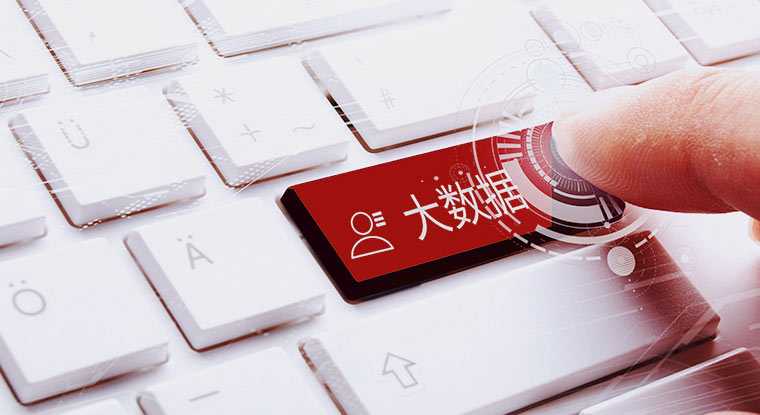TalkingChina Translation builds exclusive style guides, terminology and corpus for each long-term client.
Style Guide:
1. Project basic information Document use, target readers, language pairs, etc.
2. Language style preference and requirements Determine the language style based on the project background, such as the purpose of the document, target readers, and client preferences.
3. Format requirements Font, font size, text color, layout, etc.
4. TM and TB Customer-specific translation memory and terminology base.

5. Miscellaneous Other requirements and precautions such as expression of numbers, dates, units, etc.How to ensure the long-term consistency and unification of translation style has become a concern of customers. One of the solutions is to develop a style guide. TalkingChina Translation provides this value-added service. The style guide we write for a specific client – generally accumulated through the communications with them and the actual translation service practice, includes project considerations, customer preferences, format regulations, etc. A style guide makes it easier to share the client and project information among project management and translation teams, reducing the quality instability caused by human

Term Base (TB):
Meanwhile, term is undoubtedly the key to the success of a translation project. Generally terminology is difficult to be obtained from customers. TalkingChina Translation extracts by itself, and then reviews, confirms and maintains it in projects so that terms are unified and standardized, shared by the translation and editing teams through CAT tools.
Translation Memory (TM):
Similarly, TM can also play a critical role in the production through CAT tools. Customers can provide bilingual documents and TalkingChina make TM accordingly with tools and human reviewing. TM can be reused and shared in CAT tools by translators, editors, proofreaders and QA reviewers to save time and ensure consistent and accurate translations.

